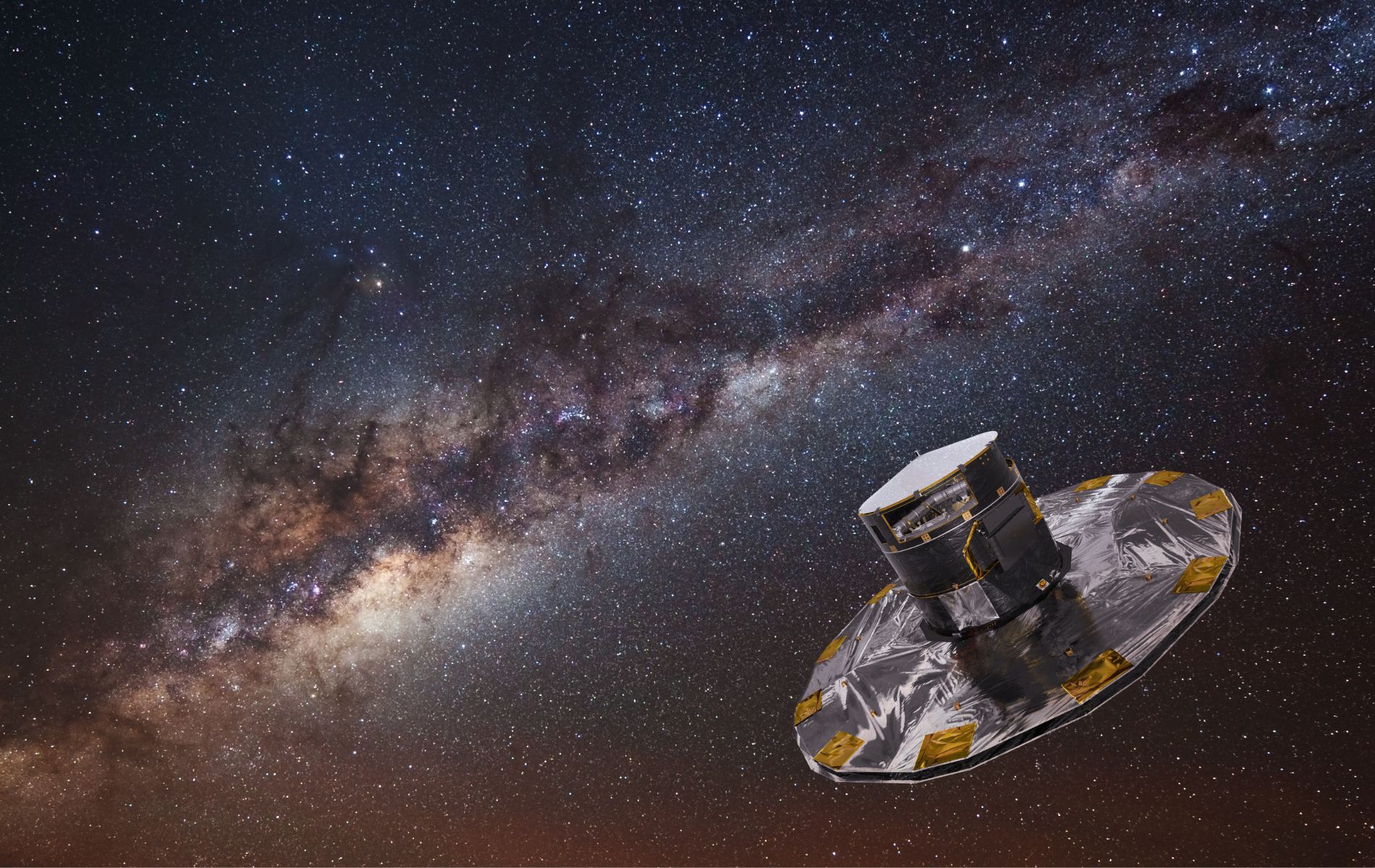The star in question appears to harbor a massive exoplanet. It is one of the few exoplanets directly observed to date. But that may be about to change now.
Meanwhile, astronomers have already tracked more than 5,000 exoplanets. However, most of them are not filmed live. Researchers usually rely on indirect methods, and infer the presence of a planet outside the solar system by looking at the parent star, hoping to witness the star’s brightness declining for a moment. The Gaia space telescope may change this. Because thanks to this satellite, the researchers encountered a “wobbly” star, after which the researchers saw a truly gigantic exoplanet appear before their eyes.
(indirectly
As mentioned, there are two ways astronomers search for exoplanets: directly and indirectly. Historically, most exoplanets have been found using indirect methods. Direct means that the telescope actually sees the planet. Currently, of the thousands of exoplanets known to us, only twenty have been directly imaged. It is not surprising that there are few of them. It is very difficult to see exoplanets with existing telescopes. To get a good picture of them, the exoplanet would have to be farther away from its parent star and also much larger than Jupiter, the largest planet in our solar system. Unfortunately, the universe does not make many of these planets.
wiggling stars
But perhaps Gaia is making direct observation of exoplanets a little easier now. With this telescope, astronomers have scanned the night sky, looking for stars wobbling in the sky. When a planet orbits a star, the star oscillates back and forth, increasing or decreasing its relative velocity relative to Earth. So a wobbly star can betray the existence of a planet.

After a thorough study of the data collected, researchers have already discovered a number of promising wiggling stars, which may be home to a giant planet. Then they headed to the Subaru Telescope, located on the island of Hawaii. And not long after, they discovered a massive exoplanet orbiting the star HIP 99770.

hip 99770b
The newly discovered exoplanet has been named HIP 99770 b and is more than sixteen times the mass of Jupiter, the researchers write in the journal. Sciences. An exoplanet orbits a star about twice the mass of our Sun. Although the planet’s orbit is more than three times that of Jupiter around the Sun, it receives roughly the same amount of light as Jupiter because its parent star is much brighter than ours.

Distinguish
With this discovery, the researchers have shown that with the help of Gaia, it is possible to image exoplanets directly in a much easier way. This is an important step forward. In addition, the discovery of HIP 99770 b also has broader implications. “It not only shows how we can detect more exoplanets, but also how we can better characterize them,” said Thain Currie, co-author of the study. This is because direct and indirect detection methods give different information about the planet. Using direct methods, astronomers can accurately determine a planet’s temperature and composition. Meanwhile, indirect methods provide accurate measurements of mass and orbit, especially if they are then combined with measurements of the planet’s position through direct observations.
Follow-up studies
In short, the combination of Gaia data with observations from the Subaru Telescope gives astronomers the best of both worlds. And this is only the beginning. Now that astronomers know the planet exists and is also visible, other telescopes can take up the task of analyzing the light even further. Curie believes that “the discovery of this planet will lead to dozens of subsequent studies.”
Moreover, many discoveries are likely to come. HIP 99770 was one of the first stars to be studied. Currie and his team are currently analyzing data from about 50 other stars. And what they’ve seen so far indicates that more hitherto unknown exoplanet discoveries are in the pipeline.

“Total coffee specialist. Hardcore reader. Incurable music scholar. Web guru. Freelance troublemaker. Problem solver. Travel trailblazer.”







More Stories
GALA lacks a chapter on e-health
Weird beer can taste really good.
Planets contain much more water than previously thought